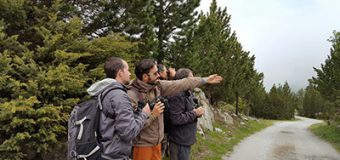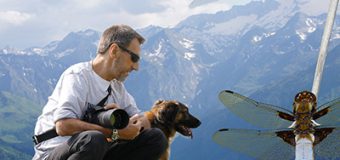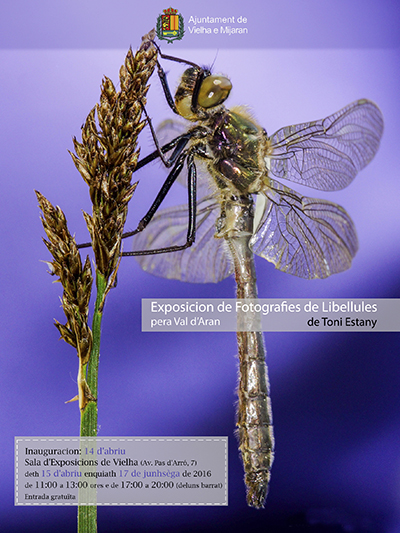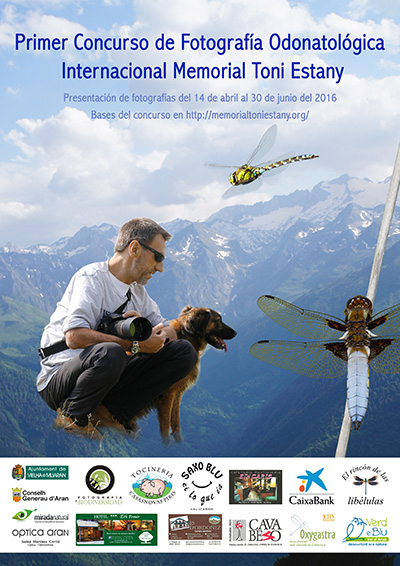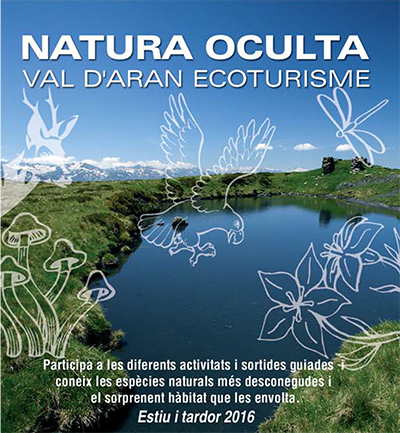 In order to publicize the interesting diversity of natural species of the Val d’Aran and the surprising habitat that surrounds them, the responsible ecotourism initiative, “Natura oculta” brings together an interesting range of activities and outputs guided through the territory. In addition to disclosing the beauty of the natural environment of the valley, the program affects the sustainability of the destination as a guarantee of added value for the visitor.
In order to publicize the interesting diversity of natural species of the Val d’Aran and the surprising habitat that surrounds them, the responsible ecotourism initiative, “Natura oculta” brings together an interesting range of activities and outputs guided through the territory. In addition to disclosing the beauty of the natural environment of the valley, the program affects the sustainability of the destination as a guarantee of added value for the visitor.
From mid-June to late September, they can be carried out workshops about medicinal plants and bird watching tours to see the small mammals that hide in the Aranese forests, educational visits showing monumental trees and vegetation of wetlands mountain and even mycological conferences. In this link you can download the complete program of activities organized through the Departament de Medi Ambient del Consèlh Generau d’Aran.
Responsible Tourism Destination
From Torisme of Val d’Aran is strongly recommends responsible tourism, with judicious use of natural resources, respect for native fauna and silence of the environment, proper disposal of waste, careful with fire and promotion of hiking, bicycle and public transport.
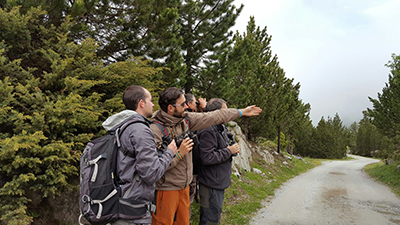 The Val d’Aran was the first mountain destination to receive the accreditation of Biosphere Responsible Tourism in January 2014. With this certification adds value to the environment, as one of the great assets of the territory and the local cultural heritage preserved over the centuries.
The Val d’Aran was the first mountain destination to receive the accreditation of Biosphere Responsible Tourism in January 2014. With this certification adds value to the environment, as one of the great assets of the territory and the local cultural heritage preserved over the centuries.
The result of this effort was also recognized with the Val d’Aran as a finalist in the National Geographic Legacy Awards in March 2015, in Destination leadership category, which rewards those leaders destinations that demonstrate best practices in protecting nature and culture, and working with visitors to raise awareness about environmental protection.









